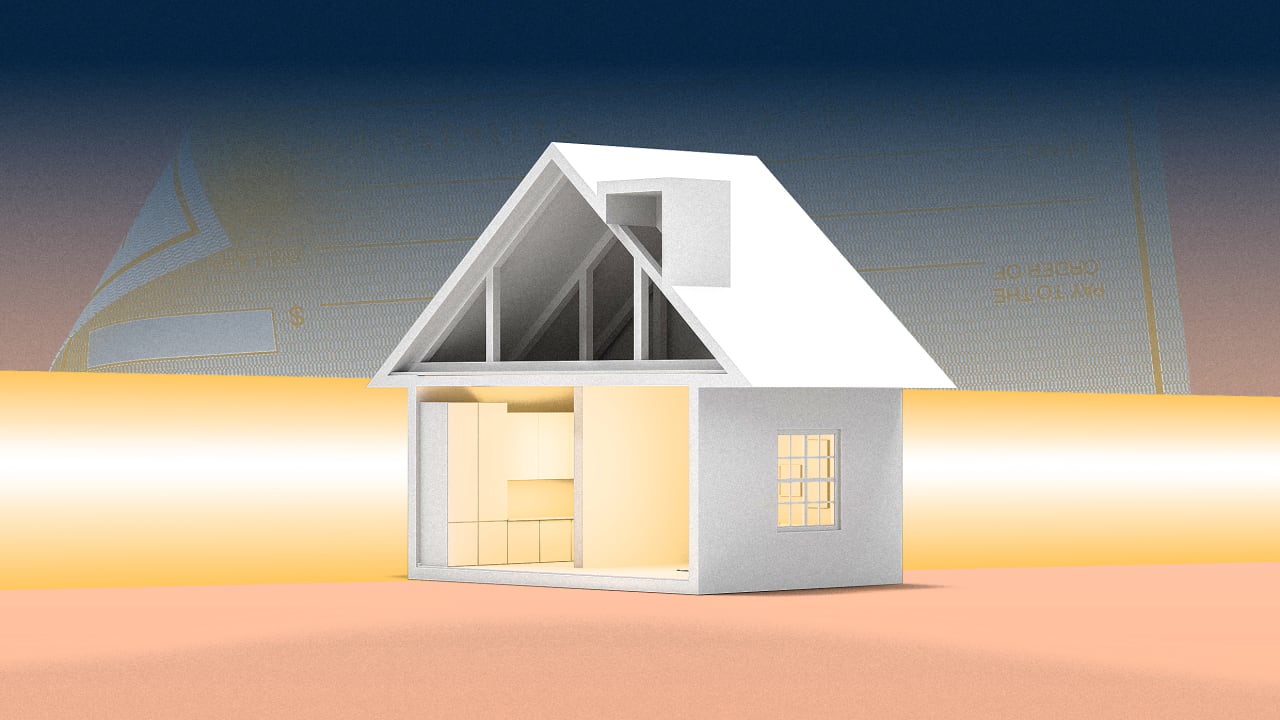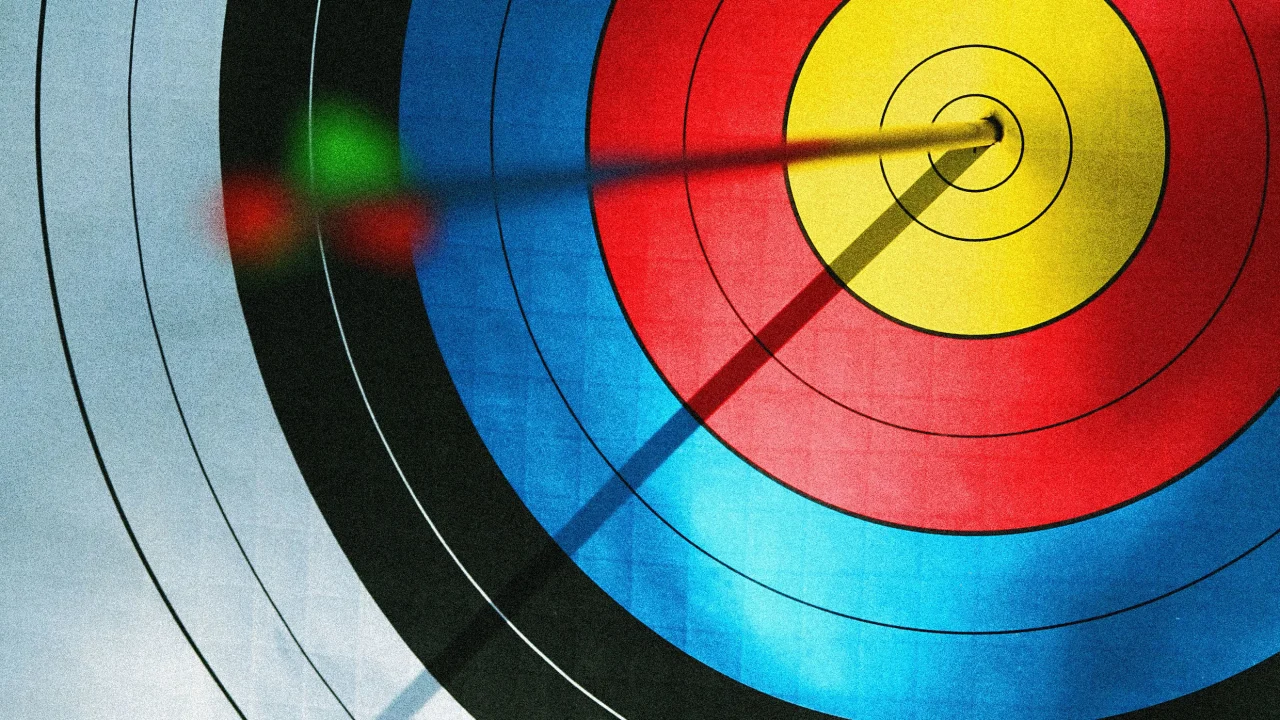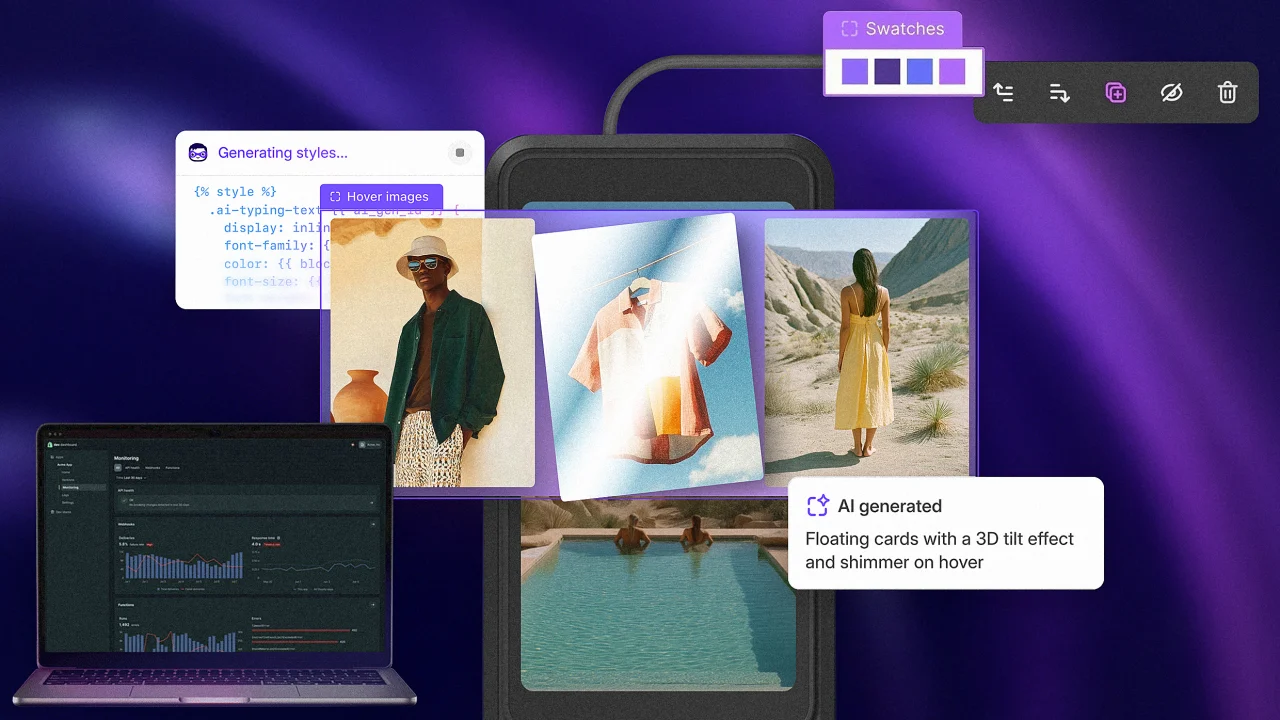Creative 3D Printer Projects to Inspire Your Next Design Adventure

Key Takeaways

- Diverse Project Opportunities: 3D printing allows for a wide range of projects, from practical tools to artistic creations, enhancing creativity and innovation.
- Customization and Personalization: Engaging in 3D printing enables businesses to create customized products, fostering customer engagement and improving brand differentiation.
- Enhanced Prototyping: Quick and cost-effective prototyping through 3D printing saves time and resources, allowing businesses to test ideas efficiently before moving to mass production.
- Integration with E-commerce: Leveraging 3D printing for online product offerings expands market reach and enhances business growth opportunities.
- Skill Development: Involvement in 3D printing projects cultivates critical problem-solving skills and innovative thinking essential for small business success.
- Material and Design Considerations: Success in 3D printing hinges on selecting the right materials and software, ensuring optimal quality and efficiency in project execution.
Imagine transforming your creative ideas into tangible objects right from your home. With the rise of 3D printing technology, you can bring your wildest designs to life. Whether you’re a hobbyist or a seasoned maker, there’s a world of exciting projects waiting for you.
From practical household items to intricate art pieces, 3D printing offers endless possibilities. Not only does it spark innovation but it also allows you to customize your creations like never before. Ready to dive in? Let’s explore some inspiring 3D printer projects that will ignite your imagination and enhance your skills.
Overview Of 3D Printer Projects

3D printer projects represent a growing opportunity for small businesses looking to leverage technology solutions that enhance creativity and efficiency. These projects can range from producing prototypes to creating custom products tailored for specific customer needs. Engaging in 3D printing allows you to tap into innovative software solutions and digital tools that streamline production processes.
Common projects include:
- Prototyping: Develop quick and cost-effective prototypes to test ideas before mass production. This not only saves time but also reduces costs associated with traditional manufacturing methods.
- Customized Products: Offer personalized items, such as custom phone cases or unique promotional products, which can set your business apart from competitors. Customization drives customer engagement and satisfaction.
- E-commerce Integration: Integrate 3D printing with your e-commerce platforms. Offering 3D printed products online enhances your product offerings and market reach.
- Additive Manufacturing for Parts: Produce specific parts or tools using 3D printing. This approach can lower inventory costs and increase production flexibility.
- Training and Workshops: Use 3D printing in training sessions to teach employees about the latest tech innovations. It enhances learning and fosters a culture of innovation within your organization.
Investing in 3D printer projects aligns with current tech trends and positions your business for digital transformation. With proper tech integration and automation software, your workflows become more efficient, leading to increased productivity and business growth.
Benefits Of Engaging In 3D Printer Projects

Engaging in 3D printer projects enhances creativity and innovation while developing problem-solving skills critical for small businesses. By leveraging this technology, you can transform ideas into tangible products that streamline operations and boost your competitive edge.
Creativity And Innovation
3D printing enables you to turn innovative concepts into actual products quickly. Creatively design and print complex geometries, which traditional manufacturing often restricts. Incorporating 3D printing into your business not only allows for rapid prototyping but also fosters unique product designs that can differentiate your brand. As a small business, this capability can lead to customized products that enhance customer engagement and satisfaction. Explore various design software solutions that cater to 3D modeling, allowing you to express your artistic vision effectively.
Problem Solving Skills
Engaging in 3D printing projects requires a systematic approach to design, prototyping, and iteration, crucial for developing strong problem-solving skills. You’ll encounter various challenges that necessitate troubleshooting, refinement, and process optimization. This iterative nature enhances critical thinking and analytical skills, helping you tackle design issues efficiently. Additionally, hands-on experimentation leads to experiential learning, allowing you to make mistakes and learn from them. Employ these skills to streamline workflows and improve productivity within your business operations.
Popular 3D Printer Projects

Exploring 3D printer projects can enhance creativity and efficiency within your small business. From home décor items to functional tools, these projects exemplify the versatility of 3D printing.
Home Décor Items
- Topographic Maps: Craft mini topographies of well-known landmarks like Mt. Fuji or the New York skyline. These serve as functional paperweights or bookends, adding creativity to your workspace.
- Spool Lamp: Design a unique lamp using 3D-printed spools, which can brighten up your office and showcase your innovation in design.
- Travel Capsule: Create a decorative capsule for small mementos. This project not only enhances aesthetics but also organizes keepsakes.
- Cute Cow: Print a charming cow model on a grassy patch, perfect for enlivening your office space or as a playful gift option for clients.
Functional Tools
- Phone Dock: Produce a practical phone dock, keeping your devices organized and easy to reach, aligning with productivity goals.
- Coffee Filter Holder: Design a handy holder, ensuring that coffee filters remain accessible while fostering a welcoming work environment.
- Headphone Stand: Print a stand that tidies up your workspace, preventing damage to headphones, a crucial component in today’s video conferencing and virtual collaboration.
- Folding Tripod: Create a portable tripod suitable for photography or videography, enhancing the quality of your marketing materials.
- Food Moulds: Make versatile molds for chocolate, ice, or baked goods, offering creative options for presentation at events or client gatherings.
Educational Models
- Pinhole Camera: Build a fully functional camera nearly entirely from 3D-printed components. This project illustrates fundamental photography principles, perfect for team-building activities focused on creativity.
- Drawing Machine: Construct a larger-scale project that utilizes a pen to create art from files. This inspires creativity and demonstrates automation software concepts.
- Robot Arm: Design a programmable robot arm, teaching valuable skills in robotics and programming that can stimulate innovation within your business.
- Torture Spider: Create a test model aimed at evaluating your 3D printer’s capabilities. This enhances your understanding of the technology and can improve your printing skills over time.
Incorporating these projects into your strategy can leverage small business technology for innovative outcomes. Investing in such creative endeavors can position your business favorably amidst tech trends and enhance your brand’s identity.
Getting Started With 3D Printer Projects

3D printing opens up a range of opportunities for small businesses eager to innovate and streamline operations. Engaging in 3D printer projects enhances creativity and productivity while providing tangible benefits.
Choosing The Right 3D Printer
Selecting the right 3D printer is crucial for effective project execution. Consider the following factors:
- Type of Printer: Opt for FFF/FDM (Fused Filament Fabrication/Fused Deposition Modeling) printers, which are user-friendly and budget-friendly. These options work well for small businesses that prioritize efficiency.
- Print Resolution and Speed: Evaluate the balance between print resolution and speed based on your project requirements. Higher resolution printers may produce superior details but could slow production. Choose a model that fits your pace and expectations.
- Build Volume: Assess your intended project sizes. A larger build volume accommodates extensive designs, offering flexibility in creating various products, from prototypes to final goods.
Software And Design Platforms
User-friendly software is essential for maximizing your 3D printing potential. Select software solutions that cater to beginners and experienced users alike:
- TinkerCAD: TinkerCAD is a free, web-based platform perfect for novices. Its intuitive interface simplifies 3D modeling, allowing for quick project creation. TinkerCAD’s robust tutorial support helps users ramp up their skills effectively.
- Other Software Options: Products like Fusion 360 and SketchUp offer more complex functionalities. As your skills advance, consider integrating these platforms into your workflow for enhanced design capabilities and collaboration.
Learning the fundamentals of 3D modeling enhances your ability to create unique solutions. Explore the available tutorials to master key design principles, including scaling and combining shapes. By leveraging these digital tools, you can effectively translate innovative ideas into physical models, strengthening your small business’s competitive edge.
Tips For Successful 3D Printing

Effective 3D printing hinges on several key factors that enhance your project’s success and ensure high-quality results.
Material Selection
- Compatibility: Ensure the chosen material matches your 3D printer’s specifications. Different printers support various types of filaments and resins.
- Properties: Select materials based on the required characteristics of the final product, including strength, flexibility, and thermal resistance.
- Environmental Impact: Utilize recycled or regenerative materials to promote sustainable practices in your small business technology approach. Incorporating eco-friendly materials supports your brand’s commitment to environmental stewardship.
Troubleshooting Common Issues
Layer Adhesion and Warping
- Bed Leveling: Verify your print bed is adequately leveled. Proper leveling prevents uneven adhesion and improves print quality.
- Adhesion Aids: Use products like tape, glue, or specialized mats. These aids enhance layer adhesion and increase the likelihood of a successful print.
- Temperature Control: Maintain optimal temperature settings for both the print bed and extruder. This step decreases the risk of warping and improves overall print stability.
Clogging and Extruder Issues
- Regular Maintenance: Conduct regular cleaning of the extruder and nozzle. Preventive maintenance minimizes the likelihood of clogs.
- Correct Filament Loading: Ensure the filament loads correctly, avoiding tangles. Proper loading contributes to smoother prints.
- Temperature Adjustments: Adjust the extruder temperature to the optimal range based on the specific filament used. Precise temperature control affects the flow and quality of prints.
Print Quality
- Resolution and Speed: Balance print resolution with speed. Higher resolutions typically require slower printing speeds to achieve optimal results.
- Support Structures: Implement support structures for complex prints. These supports prevent sagging or collapse, ensuring the final product meets your expectations.
- Post-Processing: Use techniques like sanding or painting to refine the finish of your printed object. Effective post-processing improves the aesthetic appeal and marketability of your products.
These tips align with broader tech trends in business automation and digital tools. Adopting best practices in your 3D printing processes enhances not only product quality but also increases your competitive advantage in the market.
Conclusion

Embracing 3D printer projects can truly elevate your creative journey and business potential. By exploring innovative ideas and practical applications you can transform concepts into tangible products that stand out. This technology not only enhances your skills but also positions you favorably in a competitive market.
As you dive into your 3D printing adventures remember the importance of selecting the right tools and materials. Mastering these elements will ensure your projects are successful and impactful. Whether you’re creating unique designs for personal use or developing prototypes for your business the opportunities are endless.
So go ahead and unleash your creativity through 3D printing. You’ll find that the process is as rewarding as the results.
Frequently Asked Questions

What is 3D printing technology?
3D printing technology is a process that creates three-dimensional objects from digital models. It allows users to produce physical items layer by layer, offering the ability to turn creative ideas into tangible products. This innovative technology is used for a wide range of applications, including home décor, functional tools, and educational models.
How can beginners get started with 3D printing?
Beginners can start with 3D printing by selecting an entry-level 3D printer, like the Creality Ender series, and using user-friendly software such as TinkerCAD. It’s essential to learn basic 3D modeling skills and understand printer settings, such as resolution and material types, to create successful projects.
What are some popular 3D printing projects?
Common 3D printing projects include creating home décor items like custom lamp designs, functional tools such as phone docks, and educational models like robot arms. These projects can enhance creativity and efficiency, making them ideal for both personal use and small businesses.
How does 3D printing benefit small businesses?
3D printing offers small businesses the ability to prototype quickly, customize products for increased customer engagement, and reduce inventory costs by producing specific parts as needed. This technology fosters innovation, enhances productivity, and allows businesses to differentiate themselves in the market.
What are best practices for successful 3D printing?
To ensure successful 3D printing, choose compatible materials for your projects, maintain optimal temperature settings, and implement proper bed leveling. Balancing print resolution with speed and applying post-processing techniques can also enhance the final product’s quality. Regular troubleshooting can solve common issues effectively.
Image Via Envato
This article, "Creative 3D Printer Projects to Inspire Your Next Design Adventure" was first published on Small Business Trends
What's Your Reaction?
 Like
0
Like
0
 Dislike
0
Dislike
0
 Love
0
Love
0
 Funny
0
Funny
0
 Angry
0
Angry
0
 Sad
0
Sad
0
 Wow
0
Wow
0































































































